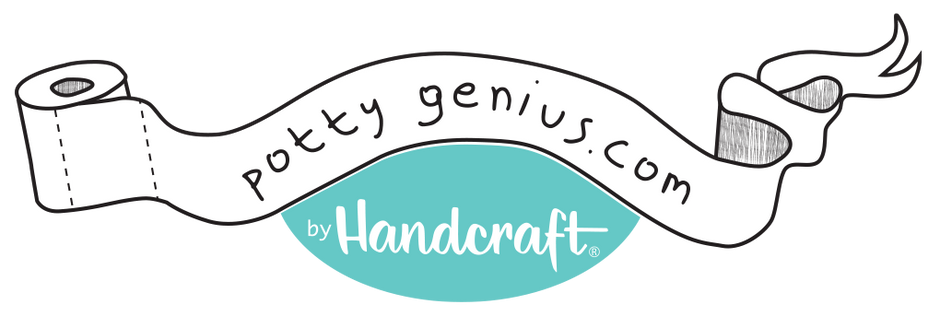Potty Genius Blog
“Guide to Toilet Training”: The American Academy of Pediatrics
If you are looking for an overview of toilet training written by experts, the “Guide to Toilet Training” by the American Academy of Pediatrics (AAP) may be the best book to read. Pediatricians are doctors specially trained to take care of children and adolescents. You probably take your child to a pediatrician. The book contains wonderful stories about real families and actual questions pediatricians have been asked. Although it was written in 2003, a 2016 update makes it more relevant for parents today. Some of the information in the book can be found at the AAP’s website, called healthychildren.org. The book contains a lot of guidance, but no one set plan for potty training. It will help you develop your own plan.
by Anna Kaplan, MD
Dr. Anna Kaplan is a writer and a licensed physician. She completed a 3-year residency and board certification in Family Practice and was in active practice for 15 years. A parent herself, Anna still remembers the "I know how to use the potty" song that her children sang.

If you are looking for an overview of toilet training written by experts, the “Guide to Toilet Training” by the American Academy of Pediatrics (AAP) may be the best book to read. Pediatricians are doctors specially trained to take care of children and adolescents. You probably take your child to a pediatrician. The guide touches on most aspects of toilet training that parents should know. The first four chapters and the last, chapter nine, are the most generally useful. The rest of the book deals with special needs and specific problems. You may or may not need this information. The book contains wonderful stories about real families and actual questions pediatricians have been asked. Although it was written in 2003, a 2016 update makes it more relevant for parents today. Some of the information in the book can be found at the AAP’s website, called healthychildren.org. The book contains a lot of guidance, but no one set plan for potty training. It will help you develop your own plan.
Chapter One, “Toilet Training: A Natural Part of Growing Up”
Learning how to use the toilet is a natural part of growing up in today’s world. Teaching this to a child should not be an experience dreaded by parents. Subheadings of this chapter include, among others:- When to Toilet-Train: Is There a “Right” Age?
- How to Toilet-Train: What’s Best for Your Child
Chapter 2, “How to Tell When Your Child is Ready”
This chapter will help you decide when it is time to start training and when it is reasonable to wait. Some of the subheadings are:- “Gotta Go!”: Physiologic Readiness and Motor Skills
- “I Can Do It!”: Emotional Growth and Social Awareness
Chapter Three, “Encouraging Your Child’s Progress”
This chapter reviews many different methods to help your child learn to use the potty. Some subheadings are:- What’s a Potty For? The Power of Association
- Identifying Times to Go
Beyond the First Chapters
Chapter four, “Accidents, Resistance and Other Toilet-Training Challenges,” explains how to deal with the inevitable accident or setback. Most parents will need this information. The following chapters deal with specific difficulties, including training older children and children with special needs, and dealing with persistent bedwetting, among other topics. Chapter nine, “The Self Sufficient Child,” reminds you what you and your child have learned and achieved during toilet training. It serves as both a conclusion and a celebration of sorts. Not all of the information in the book is on the AAP website. If you want the book, it can be purchased here, although you can find a better price elsewhere.Additional Potty Training Resources:
Toilet Training Methods, Clinical Interventions, and Recommendations
Toilet Training Guidelines for Parents